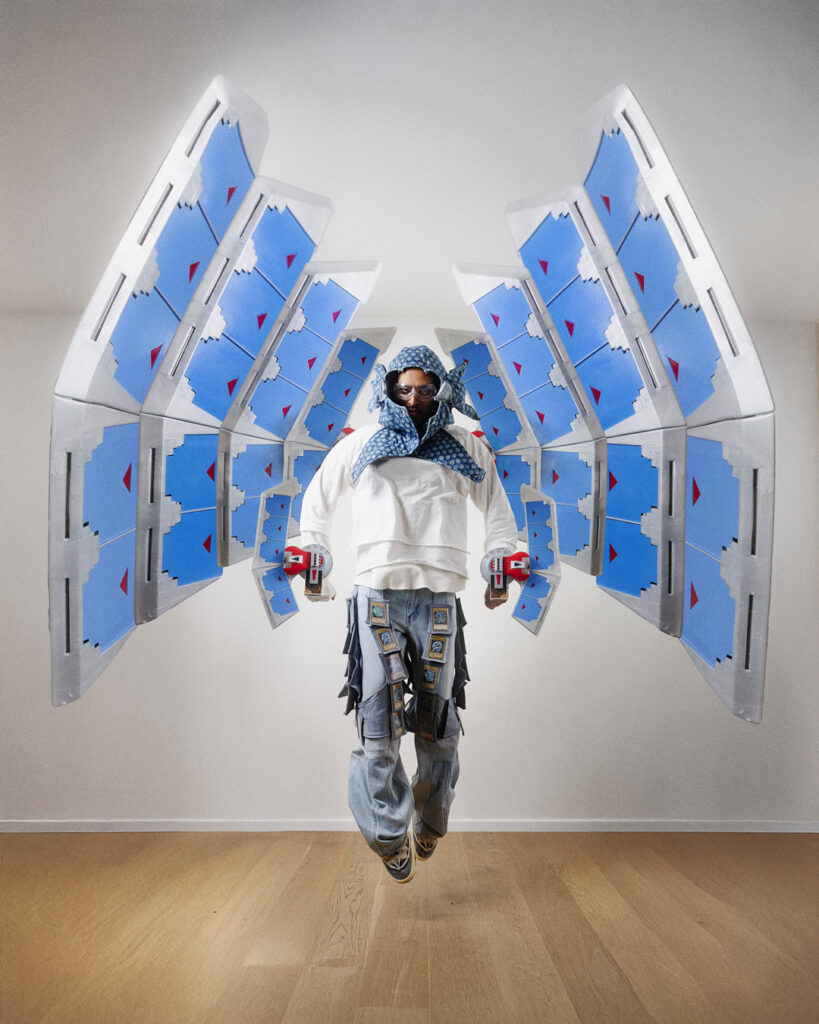
BRANDONJOSH
How would you describe your brand’s identity in a few words?
My brand can be summed up as trying to become my childhood heroes through deconstructing clothes and making new garments out of them.
What led you to start your brand / begin creating fashion?
I was tired of wearing and promoting other brands back in 2019, so I basically started
crafting functional, but also aesthetic garments with my Toyota Super Jeans J15
sewing machine. My Mum taught me the basics and the rest was self-taught through
the help of YouTube tutorials. Plus I was eager to create unusual cuts and silhouettes,
which in my opinion were missing in the brands I used to see around.
What concept or message drives your work?
Nostalgia & Deconstruction. My childhood memories, watching cartoons and anime
every Saturday morning or even collecting trading cards, toys, etc. set the stage for
me to discover my passion for creating 1-of-1 garments. Deconstructing clothing is the core of what I do. I usually feel uneasy not wearing my self-made garments, because nicely sewn and clean clothing feels “unfinished” and like a blank canvas to me.
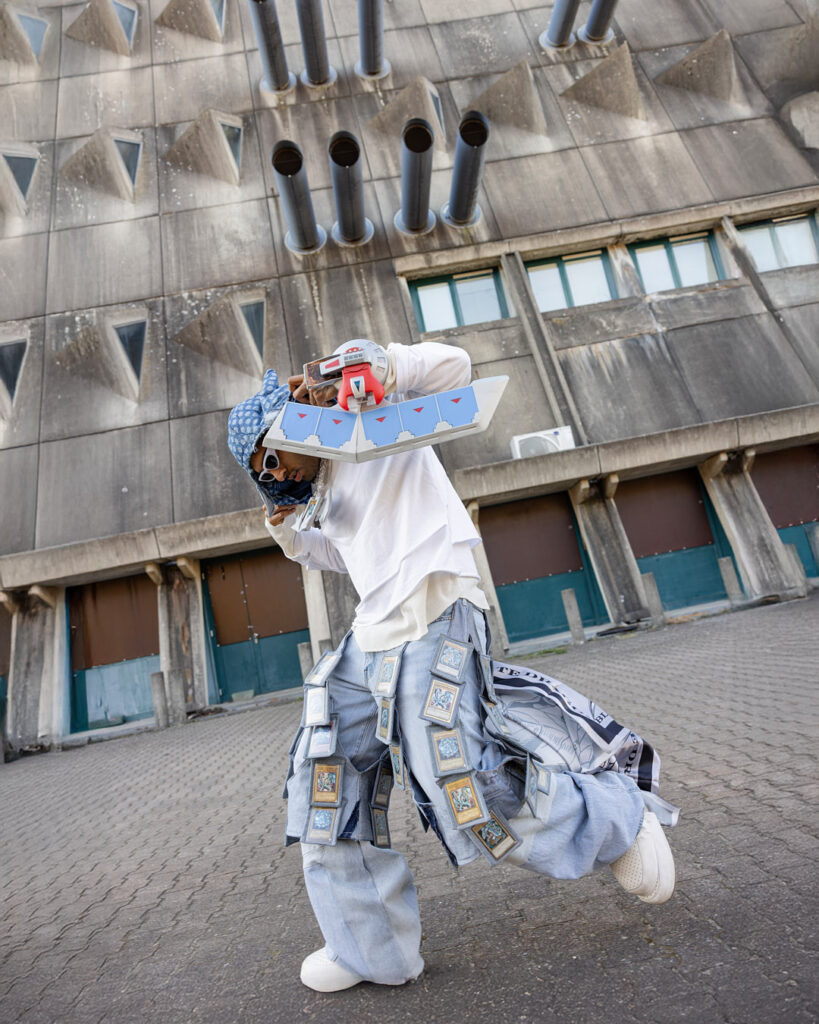
Where do you draw inspiration for your collections?
Ideas manifest in my mind through my experiences plus functions I personally miss in
garments, which are usual in the normal sense, like for example adding a big enough
pouch to a cross body bag to exactly fit my 1 liter water bottle. I just love making my 1-of-1 garments breathe and build a connection to it’s buyer. Additionally my childhood heroes (as mentioned before), which include Yu-Gi-Oh, Pokemon, Bakugan, Jojo’s Bizarre Adventure. Pretty much anything out of the box.
Is there a personal story behind your brand?
I just want people to connect with the garments on a spiritual and emotional level, rather than just seeing it as a “cool thing to have”, because cool/trendy things (in a broader term) are fleeting. Nobody builds a personal connection to trendy items and my goal with
the brand is to bring your inner child out and for the garments to make you feel like yourself and not feel like you’re pushing a brands narrative (I know – it sounds kind of
paradoxical, but I hope it makes sense somehow).
What’s your approach to design? Do you start from an image, a fabric, a feeling..?
Just processing feelings and emotion. Materializing what is in your head. I don’t really sketch out garments, I create a rendering of the end product and how it could possibly be built together and go from there, working myself from one part of the item to the next. You could say, it’s like building a puzzle. Let’s take a hoodie for example. First I start off with the easy parts, the borders – the would be the front side of the hoodie and the sleeve openings, then I inch myself towards the the sleeves and cuffs at the bottom of the hoodie, after that I do the hood and lastly I deconstruct the hood.
How do you choose the materials or techniques you work with?
I just feel, which fabrics go well together from memory, rather than testing it out. I let my intuition guide me wherever it leads me and work harmoniously towards the end product.
But the more practical answer: I love denim for its sturdiness and I love nylon/polyester for the weightlessness.
Is there a garment or collection you feel especially connected to? Why?
I must say my Yu-Gi-Oh inspired pieces I make every other year, because they
incapsulate wearing your super heroes on your garments, like an armor, which protects you everywhere you go. I love wearing my inspiration on my clothing and love to spark conversations from likeminded people who are also in the same field of interest. To bring it to a point: I love to create human connection through my garments.
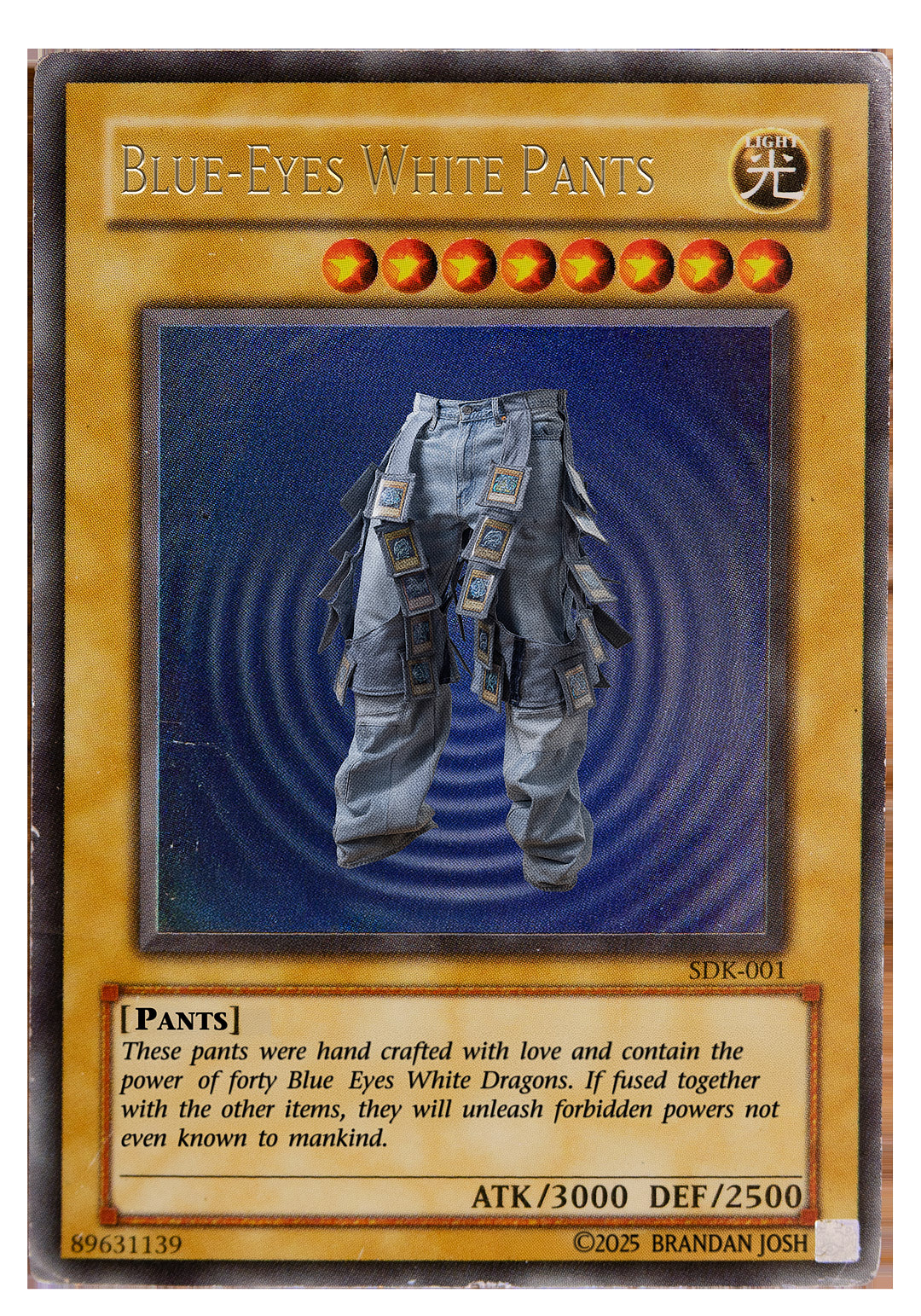
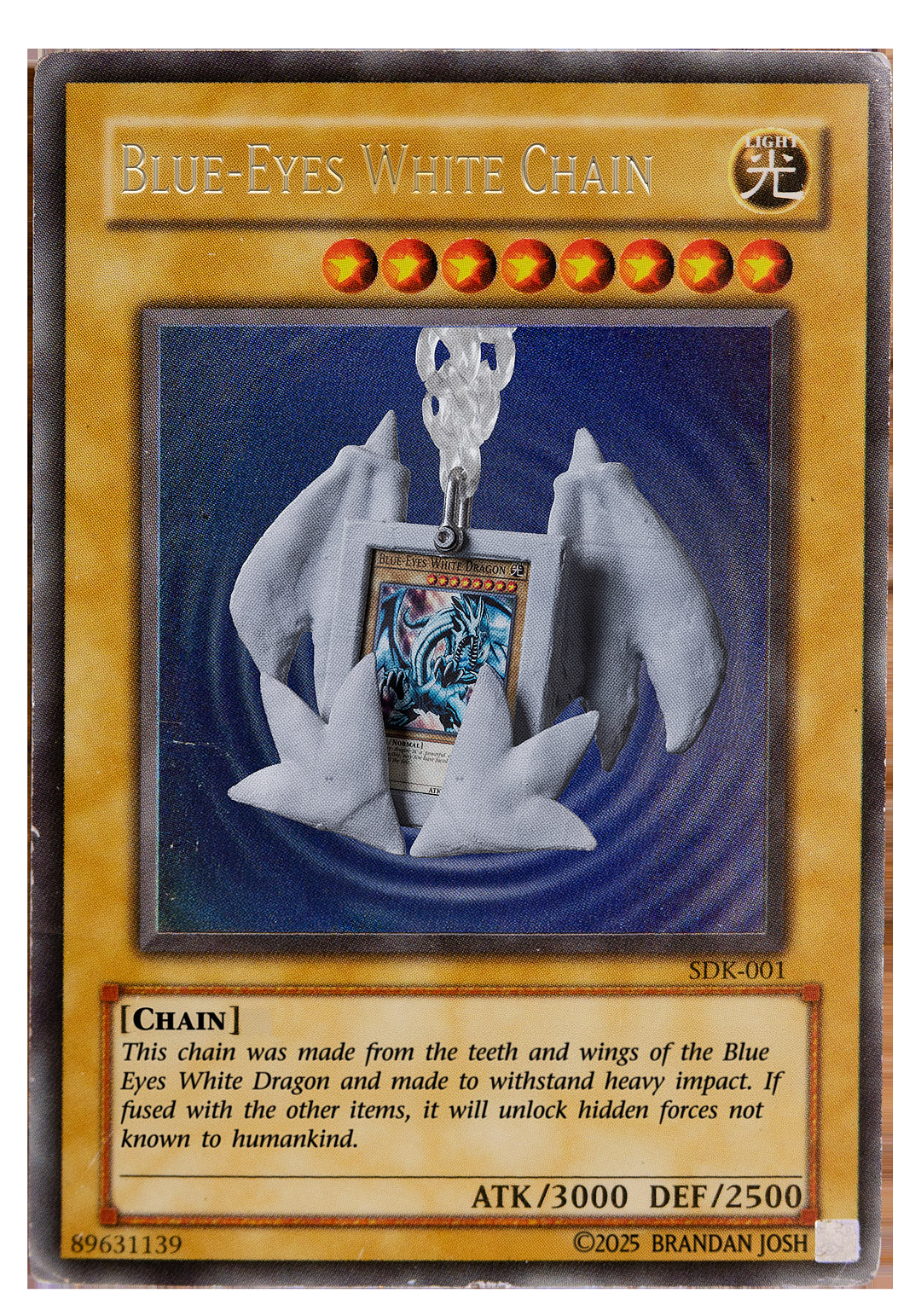
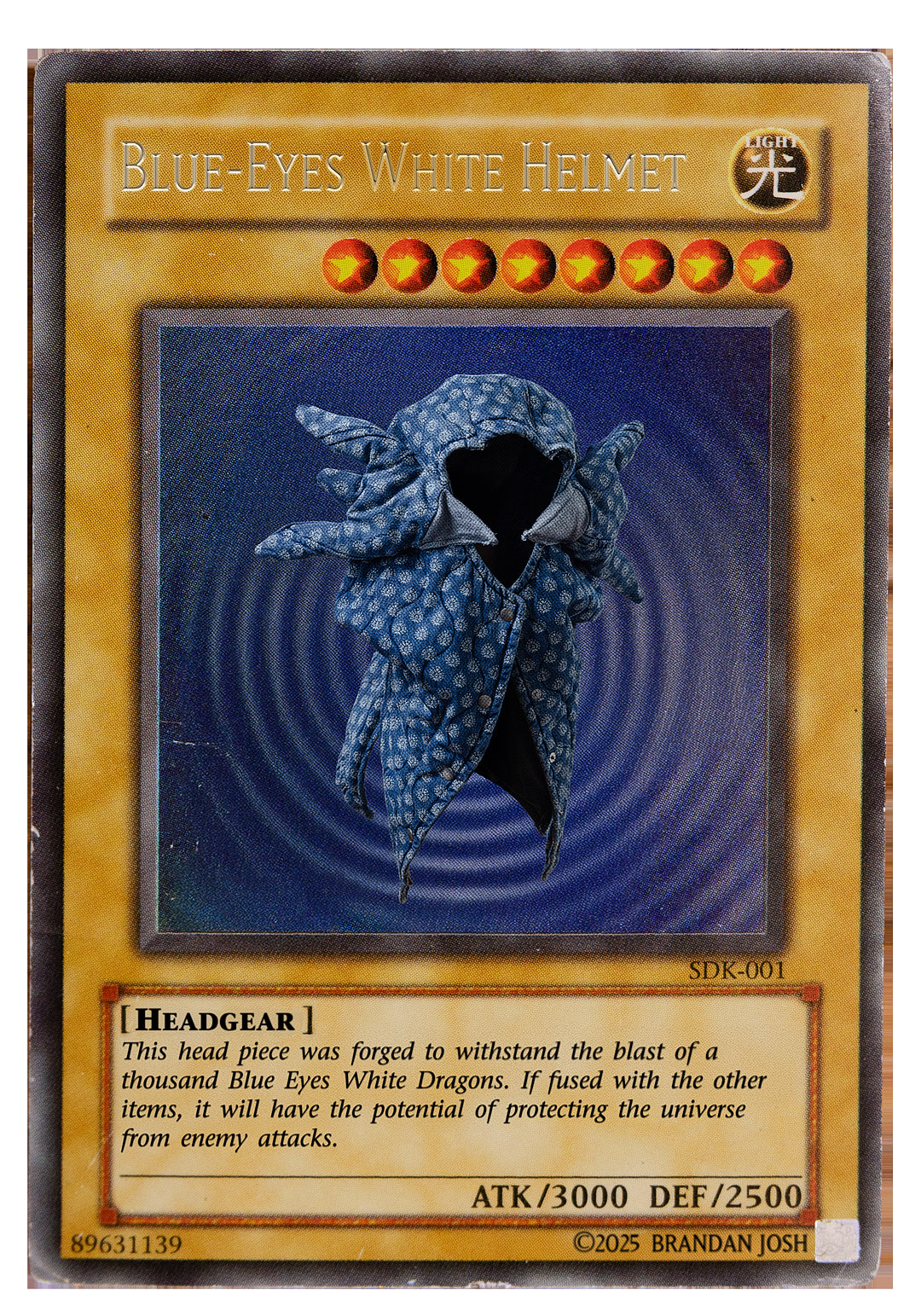
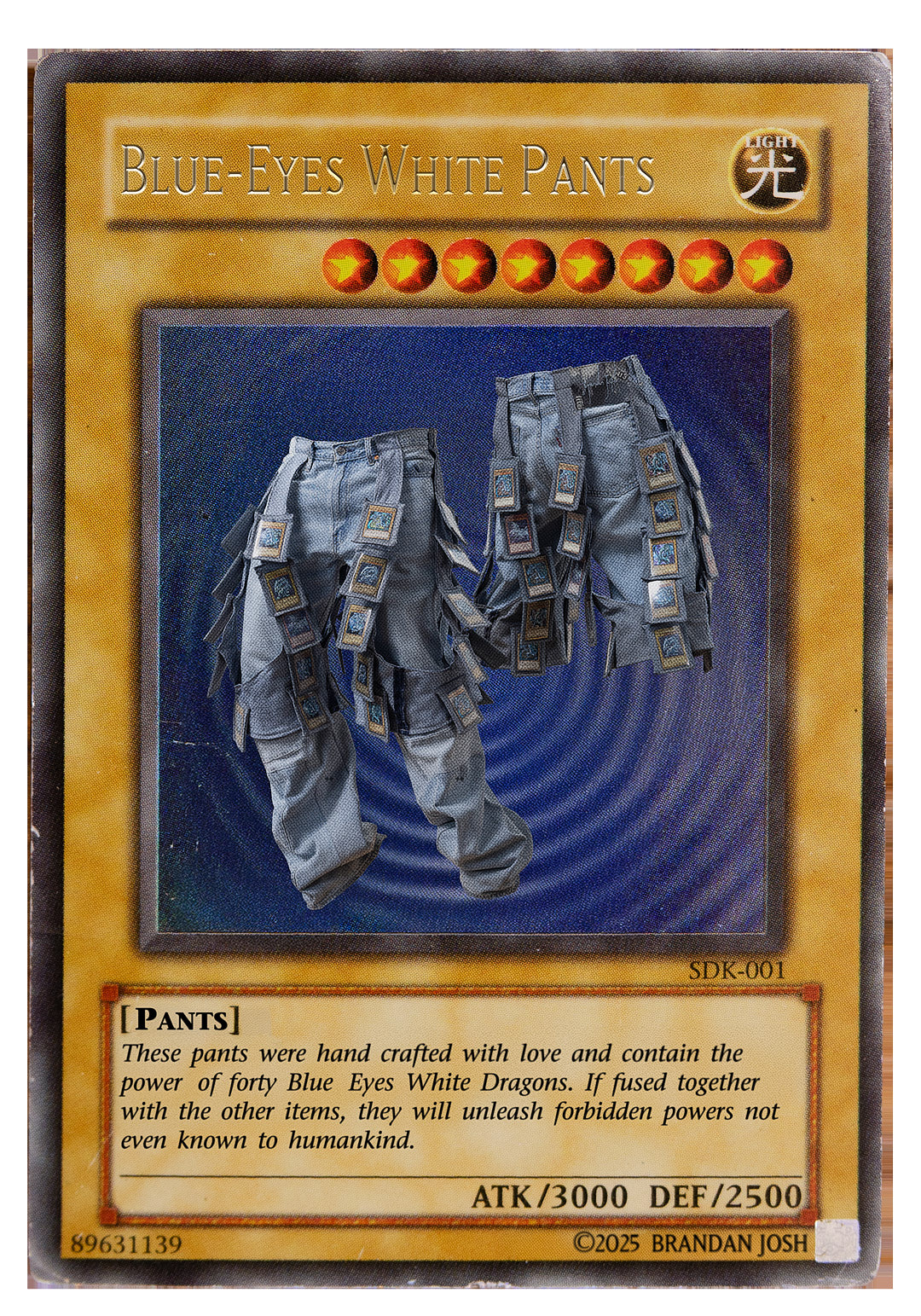
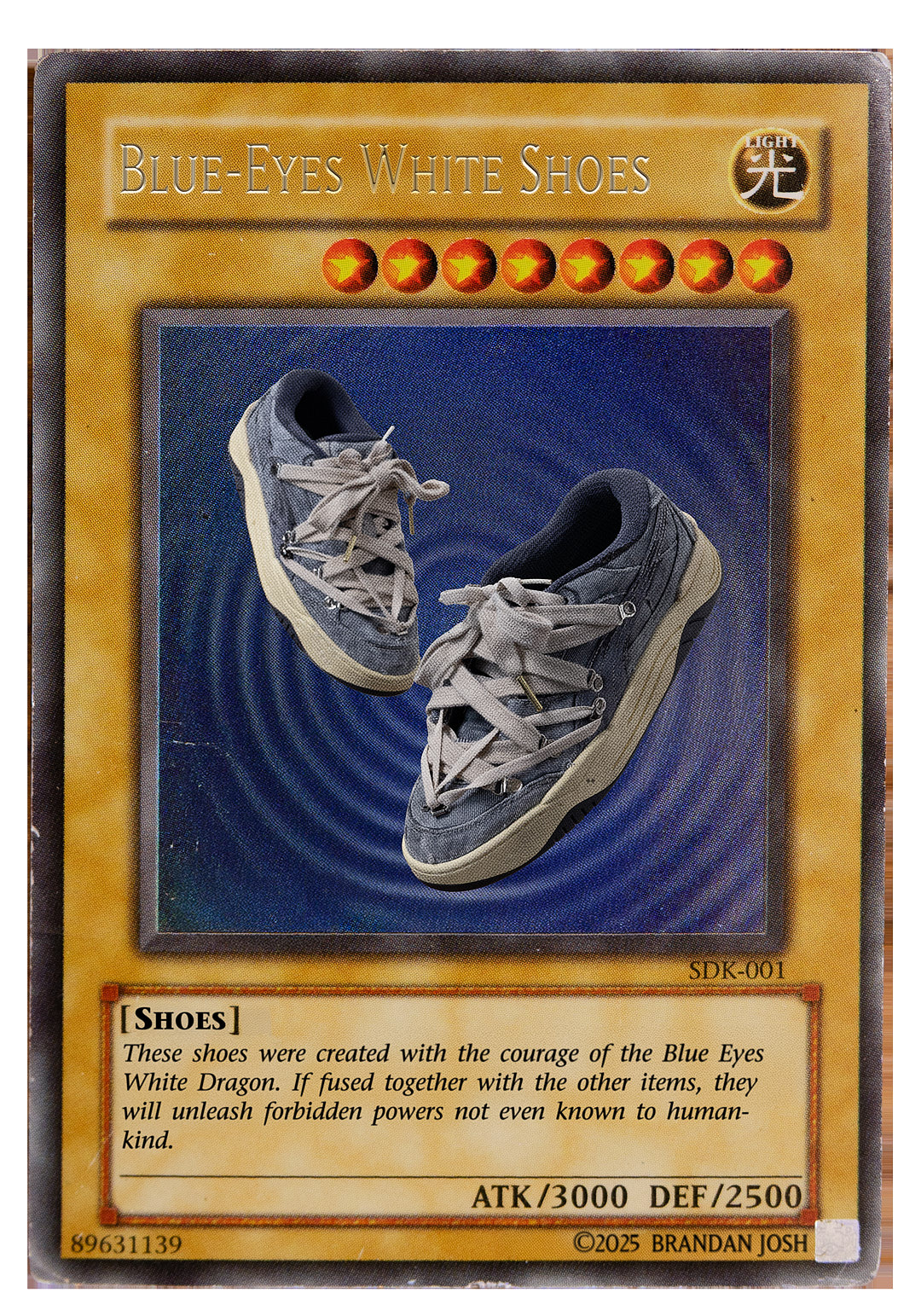
What are the core values of your brand (e.g. sustainability, craftsmanship, inclusivity)?
Unapologetically being yourself, because people should feel like themselves when
wearing my garments. That’s what I also experienced on my countless trips to Japan.
People just wear their character on their bodies, which is a lovely metaphor for this art form. Sustainability, because I give life to clothes being shunned by people because they look mundane or have terrible cuts. By combining different garments, one usually unattractive piece of clothing becomes a part of a big picture – that being the piece created by me.
How do you relate to the idea of ethical or sustainable fashion?
I personally don’t like consuming clothes, I have 2-3 brands I am quite fond of, but in that case I build that emotional/spiritual connection the garments I purchase from those brands. And That’s what I want to convey to my audience and customers. My wish is it for people to consciously buy my pieces and not be persuaded to purchase them, because of a sale or whatever other reason there is. I wish for people to harness the energy I have put into making the clothing when wearing them.
Who do you imagine wearing your pieces? Who is your ideal community?
People who are creative themselves, who love to push boundaries, may it be mental or physical ones. To put a name on it I like to see skaters, streetwear connoisseurs, artists, generally people pushing to become the highest version of themselves wearing Brandanjosh.
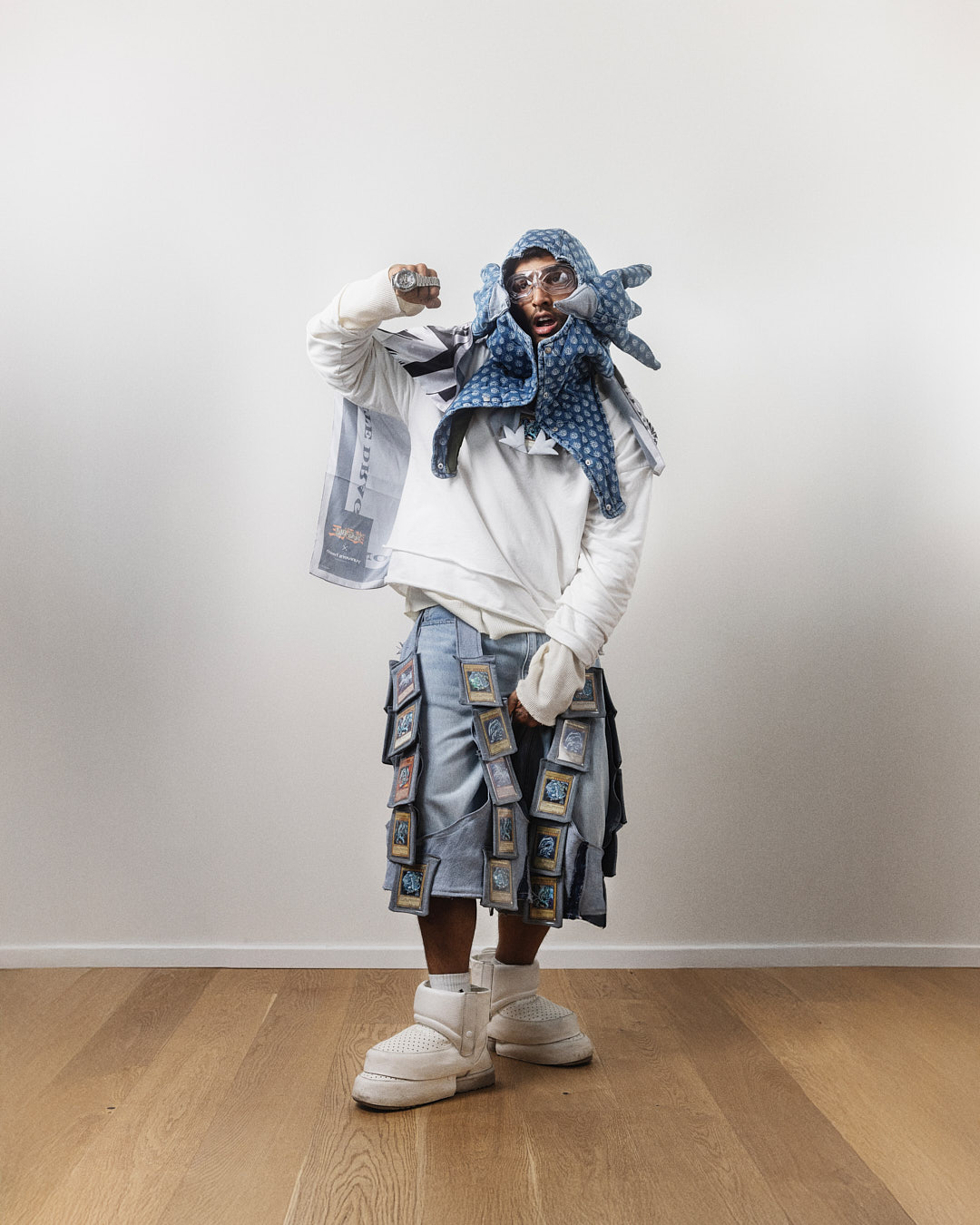
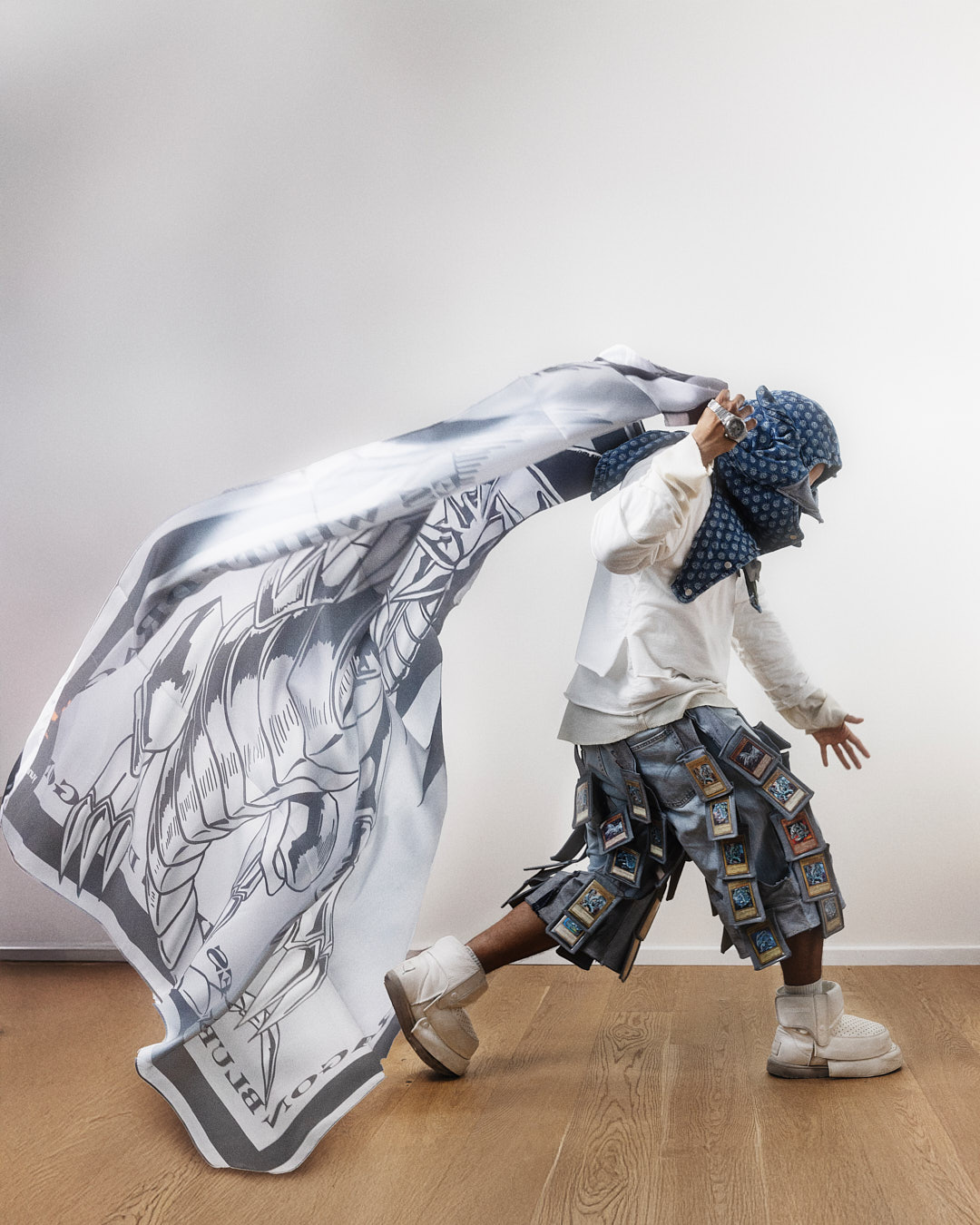
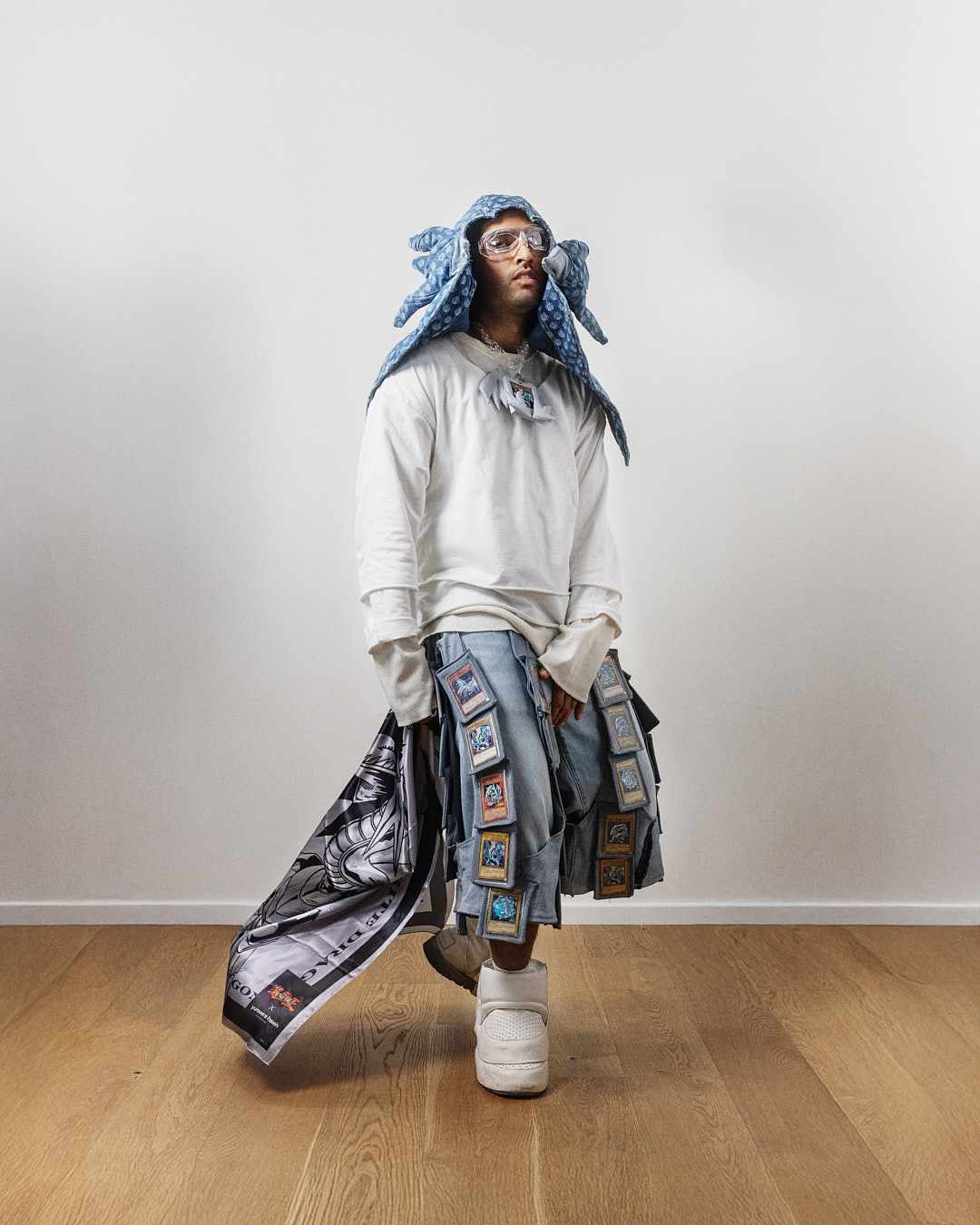
What has been the biggest challenge in your journey so far?
Comparison. To put it more blunt: comparing my success to others, and that’s what I’m coming to terms with – just letting the world be itself and to not put that mental blockade up. Nobody’s journey is yours, you are on your own way – you have your own timing.
Trust in that and in your skills. Looking forward, when temptations are trying to get you to look left and right is the key. Staying focussed on my mission is what God has put me on this planet for and that is what I also want to convey to you reading this. You owe it to
yourself, to be your highest version, not anybody else’s.
What does “emerging” in today’s fashion world mean to you?
Still being underground, being on the cusp of transitioning to mainstream success,
knowing your path and following it. You’re basically seeing what you will be before
anyone else does.
What’s your long-term dream or goal for the brand?
For it to be the seed that grows into the tree with multiple sub brands, not only connected to fashion, but also going into a multidisciplinary sphere.
Do you have a mentor, figure, or brand that has deeply inspired you?
Rick Owens and Hirohiko Araki (the founder of Jojo’s Bizarre Adventure)
How do you see the future of independent fashion in the coming years?
Sustainability will come to the forefront. The market will be decentralized more than it is today. Single artists will have collaborations and capsule collections the way it’s already practiced in Asia. You won’t have to put yourself into a box anymore, there will be more multidisciplinary creatives out there.
What role do you think fashion plays today in storytelling or activism?
Storytelling and activism are the foundation of any brand. Nowadays it’s not enough to drop “cool” garments, there has to be a story behind it. The “Why” is more important than anything else. People want to be inspired daily and with the shear amount of brands coming up and failing as well just shows us that a strong foundational meaning behind a brand is just as important as the quality or function of the garments being sold. The other way around would be more subtle, in my opinion. A collection could incapsulate a whole idea or bring forth a topic of discussion in a more nuanced and artistic way than just talking about it, yet not every collection can emphasize the proposed topic well enough.
There is a fine tangent between the understanding of a topic and also the artistic
execution and unfortunately not every brand is able to properly carry out the topics
covered in an artistic way, where it’s poignant but yet nuanced.
